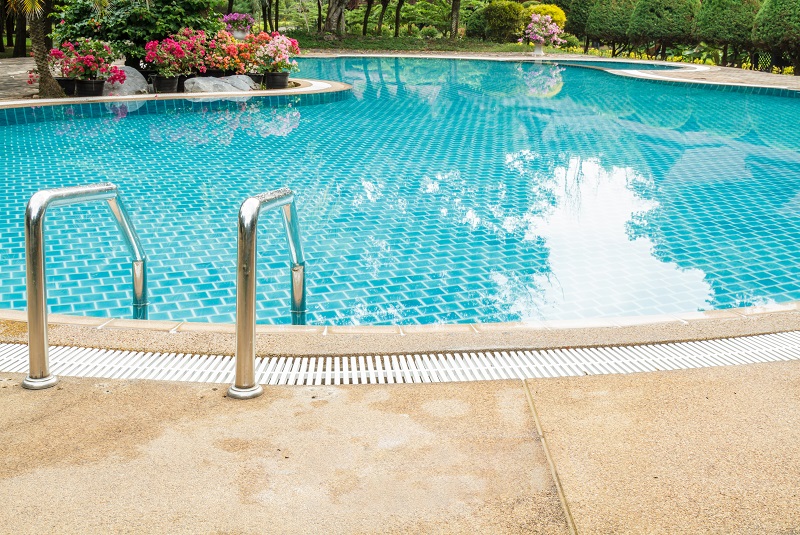
Till now, we have been speaking about the importance of good indoor air quality and the hazardous components in poor quality indoor air. So now, we move on to methods of maintaining good and healthy indoor air quality.
Over time, several technologies have taken precedence over one another depending on the kind of component they are required to clean. An air cleaner removes contaminants from the air in a room in order to improve indoor air quality. And different technologies are employed in different ways. Moreover, some technologies will enhance the air by improving the quality of the oxygen as well as removing pollutants.
Here are some of the most popular:
- Mechanical (Physical) filtering: involves trapping airborne particles without altering them. High-efficiency particulate arresting (HEPA) filters are often preferred, capturing 99.97% of particles with a size of 0.3 microns and larger. They are the best solution to capture particulate matter.
- Activated carbon: is carbon processed to have micropores to such an extent that one gram of the substance has a total surface area of 3,000 m2, which can interact with particles at the molecular scale and capture them through adsorption.
- Ultraviolet Radiation: is used to drive a chemical reaction that destroys VOCs using photocatalytic oxidation. The air purifier uses titanium dioxide as a catalyst, which interacts with the water vapor in the air, breaking down H2O molecules into hydroxyl (OH). This further breaks down organic molecules into water and carbon dioxide.
- Ozone: is a method of electrically charging oxygen molecules in the air, this electrical charge allows the oxygen molecules to rearrange themselves and form ozone (O3). When the ozone get in contact with organic molecules floating in the air, the third oxygen molecule attaches itself to molecules of the pollutant and basically eliminates it. This includes microbials (bacteria, viruses, germs) mold, fungi, odors as well as other contaminants, at the molecular level, destroying the cell wall. This process eliminates the contaminant while reverting the ozone back to oxygen.
- Activated oxygen: In nature, various elements release energy that continuously splits oxygen molecules into electrically charged groups of atoms. Through this electrophysical process, some oxygen atoms give off one or more electrons, creating positive ions; whereas other atoms catch electrons and form negative ions. These different charged ions are then attracted to one another and form new electrically charge oxygen molecules. This process of bi-polar ionization is a natural process which is vital for our existence as it ensures that the air is rich in energy and capable of neutralizing and cleansing the earth’s atmosphere of microbials (bacteria, viruses and germs) mold, fungi, gases, pollution, as well as VOC’s, etc. Bring this process into the indoors and you will have superior indoor air quality.
The best air purifier for your indoor air facility depends on the kind of components present in the air. So understand what kind of product you need for your facility before purchasing it!

.jpg)
.jpg)
 Search
Search




